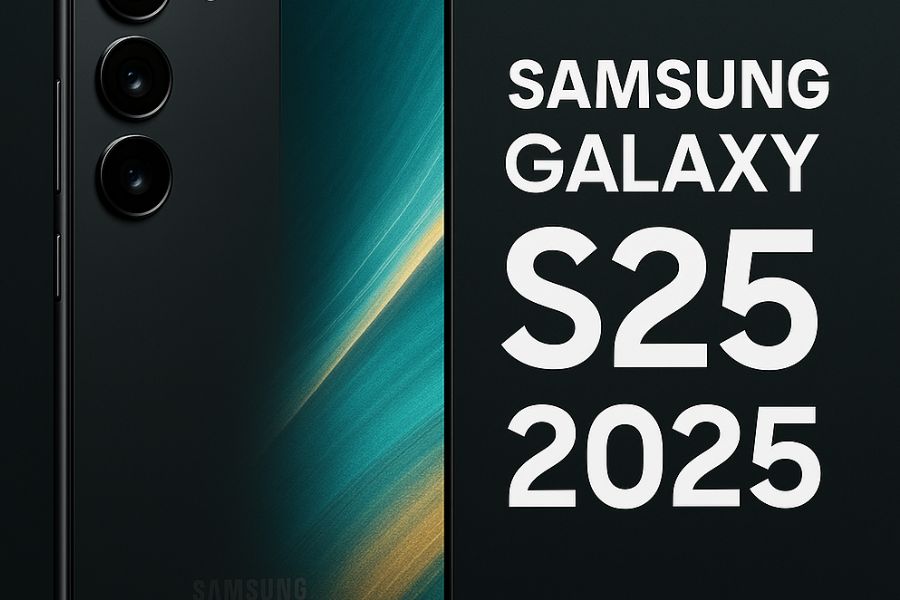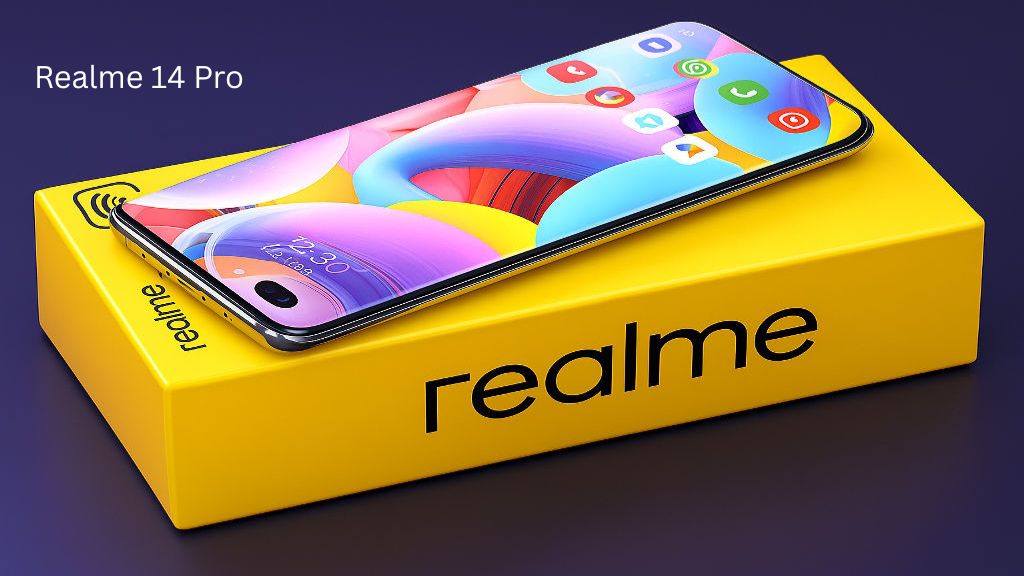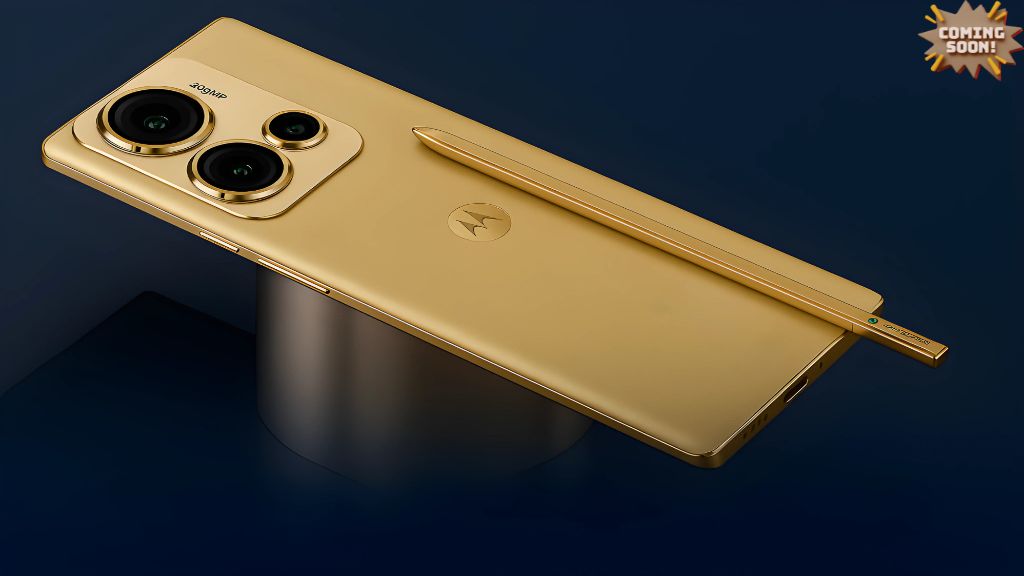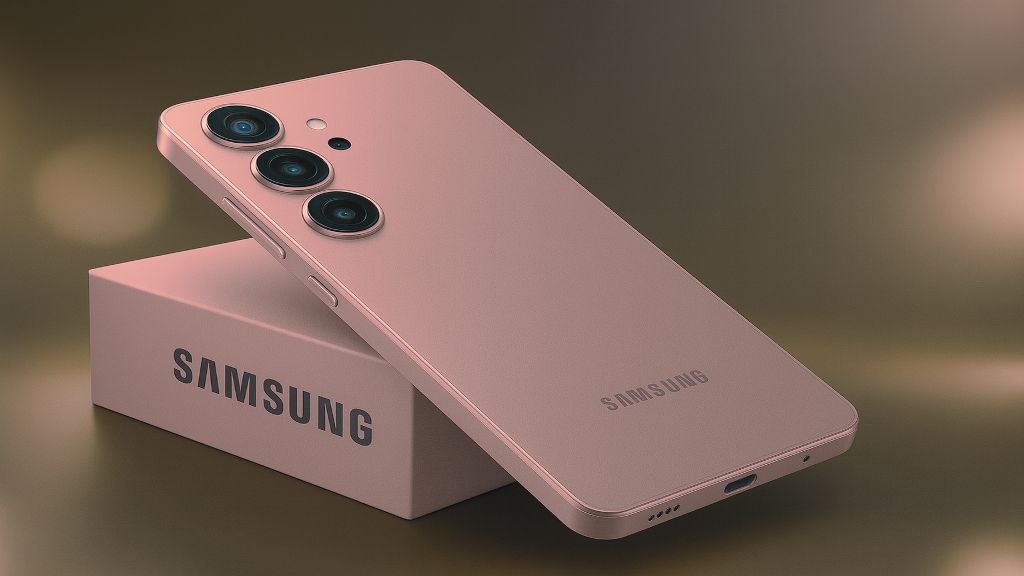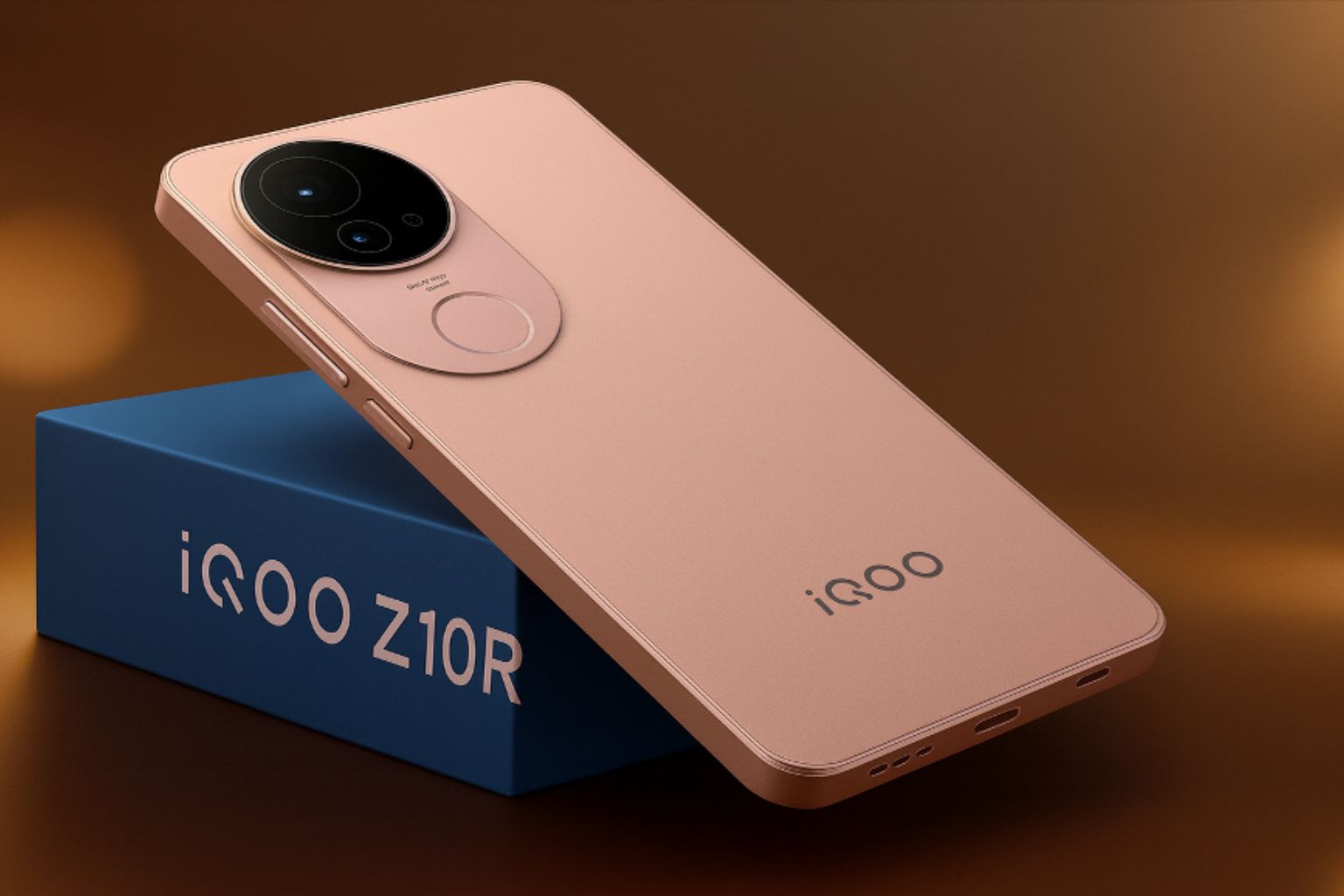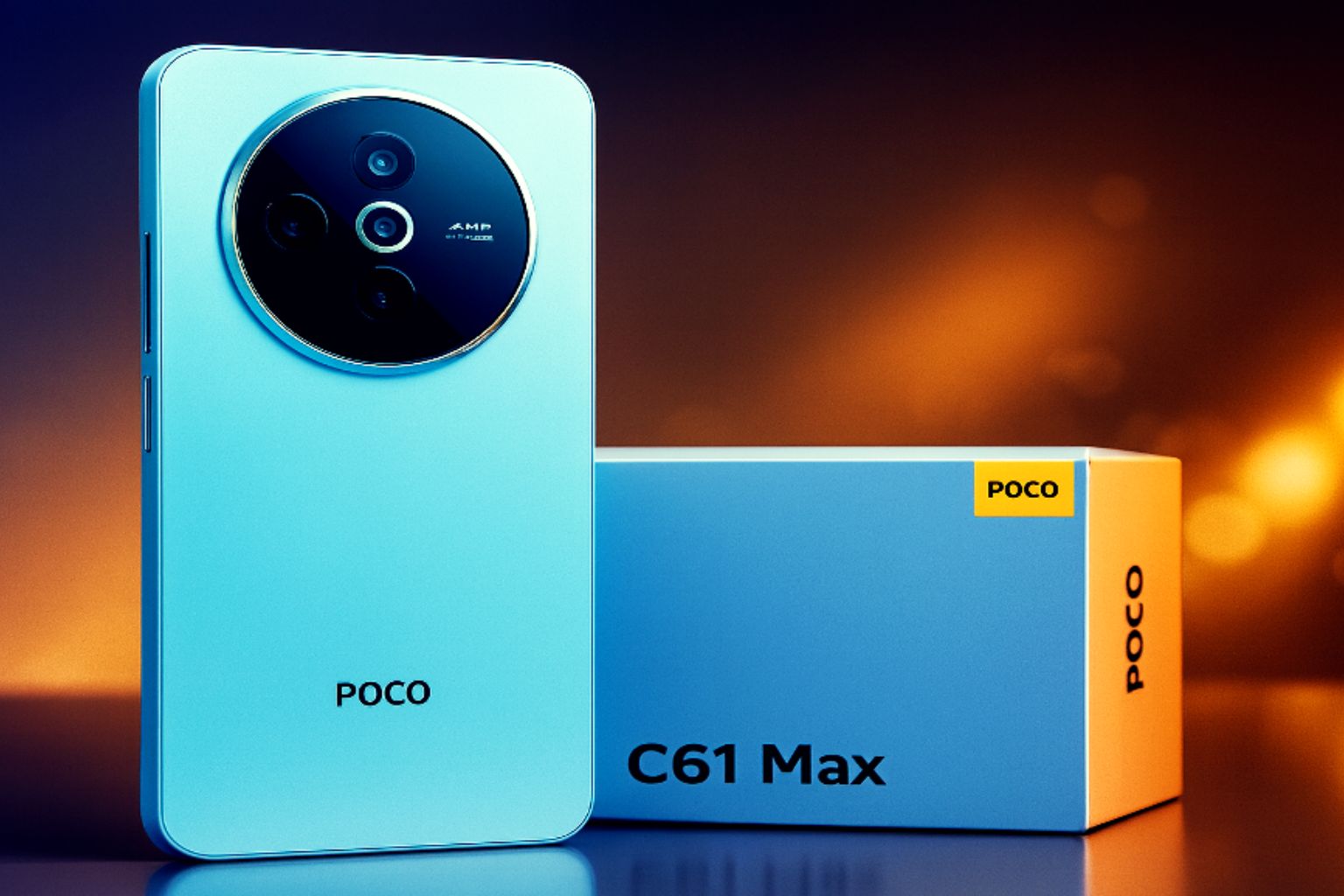The Samsung Galaxy Series 2025 : A Legacy of Innovation in Smartphones
The Samsung Galaxy series has long been synonymous with technological excellence, premium design, and cutting-edge features in the smartphone world. Since its inception in 2009, the Galaxy brand has become one of the most recognized and successful smartphone lineups globally. Whether it’s the flagship Galaxy S and Galaxy Z series or the budget-friendly Galaxy A and M series, Samsung has consistently delivered something for every kind of user. With each iteration, the brand has redefined the smartphone experience by pushing the boundaries of what a mobile device can do. In this comprehensive article, we will explore the journey of the Samsung Galaxy series, its key models, innovative technologies, and how it continues to shape the future of mobile communication.
The Samsung Galaxy Series 2025 : The Birth of Galaxy A Revolutionary Step
Samsung launched the first Galaxy smartphone, the Samsung Galaxy GT-I7500, in 2009, entering a market dominated by Apple’s iPhone and various Android competitors. Running on Android 1.5 Cupcake, the first Galaxy device set the stage for what would become a technological revolution. Although it didn’t become a global sensation, it marked the beginning of Samsung’s long-term strategy to become the leading player in the smartphone industry.
It wasn’t until 2010 with the launch of the Samsung Galaxy S that the brand truly began gaining global traction. The Galaxy S featured a Super AMOLED display, which at the time was a major breakthrough in smartphone screen technology. Its lightweight design, smooth performance, and robust app ecosystem made it a strong competitor to the iPhone.
The Samsung Galaxy Series 2025 :The Samsung Galaxy Series 2025: Rise of the Galaxy S Series
As each new generation of the Galaxy S series arrived, Samsung introduced innovations that shaped the direction of the smartphone industry. The Galaxy S II in 2011 became one of the thinnest phones of its time, delivering excellent performance and a stunning display. The Galaxy S III in 2012 brought a more nature-inspired design, voice-controlled features like S Voice, and enhanced multitasking capabilities.
The Galaxy S4 took things even further with a Full HD display, infrared gesture recognition, and advanced camera software. In 2014, Samsung faced criticism for sticking with plastic builds while competitors offered premium metal finishes. That changed with the Galaxy S6 and S6 Edge in 2015, which featured glass-and-metal builds and the world’s first dual-edge curved display, cementing Samsung as a design leader.
The Galaxy S7 and S7 Edge returned with expandable storage and waterproofing, satisfying fans who missed those features. The Galaxy S8 and S8+ in 2017 introduced the Infinity Display, virtually eliminating bezels and offering one of the most immersive screens seen on a phone. It was also the debut of Bixby, Samsung’s own AI assistant.
In subsequent years, the Galaxy S9 focused on camera improvements, including variable aperture technology. The Galaxy S10 brought ultrasonic fingerprint sensors and a punch-hole selfie camera. Then came the Galaxy S20 series in 2020 with high refresh rate displays and 108MP cameras, signaling Samsung’s serious approach to mobile photography.
The Galaxy S21 and S22 refined the design and performance, offering features like 8K video recording and dynamic refresh rates. In 2023, the Galaxy S23 Ultra took the spotlight with a 200MP main camera sensor, Snapdragon 8 Gen 2 processor, and professional-grade features, merging the Galaxy Note DNA into the S series after the Note’s discontinuation.
The Samsung Galaxy Series 2025 : Galaxy Note Power Users’ Dream
The Galaxy Note series debuted in 2011 and was initially criticized for its large size. However, it quickly found an audience among professionals and creative users who appreciated its productivity features. The hallmark of the Note series was the S Pen, a pressure-sensitive stylus that allowed for writing, drawing, and controlling the phone with pinpoint precision.
Over time, the Galaxy Note series evolved into a productivity powerhouse. The Note 4 introduced Quad HD resolution and fast charging, while the Note 7 in 2016 faced battery issues that led to a global recall. Despite the setback, the Note 8 restored the brand’s reputation with dual cameras and the return of the S Pen.
The Note 9 and Note 10 further improved battery life, performance, and design. The Note 20 Ultra became one of the most advanced devices of its time with 120Hz refresh rate and laser autofocus. However, by 2022, Samsung decided to merge the Note experience with the S series, particularly in the S22 Ultra, which offered S Pen support built into the chassis.
The Samsung Galaxy Series 2025 : The Future is Foldable: Galaxy Z Series
Samsung took a bold step into the future with its Galaxy Z series of foldable smartphones. The Galaxy Fold was first announced in 2019 and while its initial launch was rocky due to display issues, Samsung quickly re-engineered the device and reintroduced it with stronger build quality.
The Galaxy Z Fold2, Z Fold3, and Z Fold4 refined the experience further with improved hinges, water resistance, and S Pen support. These devices unfolded into tablet-sized displays, ideal for multitasking and productivity.
Meanwhile, the Galaxy Z Flip series offered a more compact, clamshell-style folding phone that appealed to users looking for portability without compromising on features. The Z Flip3 and Z Flip4 became mainstream foldables, offering flagship specs, stylish design, and more durable foldable glass.
By 2024, the Galaxy Z Fold5 and Z Flip5 had ironed out most of the early issues, offering near-seamless folding experiences with improved cameras, battery life, and software optimization. Samsung’s leadership in the foldable market is unmatched, with the brand shipping millions of foldables each year.
TheSamsung Galaxy Series 2025 : Galaxy A and M Series: Affordable Innovation
Recognizing the importance of the mid-range and budget segment, Samsung launched the Galaxy A and M series. These phones brought many features of premium models to more accessible price points. The Galaxy A50, A71, and later models like the A53 and A74 offered Super AMOLED displays, multi-lens cameras, and sleek designs at a fraction of the cost of flagship phones.
The M series focused on long battery life and value, with models like the Galaxy M31 and M52 becoming popular in markets like India and Southeast Asia. These phones often featured massive 6000mAh batteries, punch-hole displays, and reliable performance for everyday tasks.
In 2024 and beyond, Samsung continued updating these series with 5G connectivity, high refresh rate screens, and software updates, ensuring that budget-conscious users could enjoy a premium experience without breaking the bank.
The Samsung Galaxy Series 2025 : One UI and Software Excellence
A major component of the Samsung Galaxy experience is the One UI software, which overlays Android to deliver a clean, intuitive, and feature-rich interface. First introduced in 2018, One UI was designed to simplify navigation on large screens. It emphasized reachability, larger icons, and better organization.
Over time, One UI has evolved to support foldables, dark mode, Samsung DeX (desktop experience), and seamless integration with Galaxy Buds, Galaxy Watch, and tablets. One UI 6, based on Android 14, further improved customization, privacy features, and AI-driven enhancements. Samsung has also become known for offering four years of Android updates and five years of security patches, making its devices a reliable long-term investment.
TheSamsung Galaxy Series 2025 : Camera Technology and Display Brilliance
Samsung has always pushed the envelope when it comes to camera technology. From the early days of single-lens shooters to the quad-camera setups of today, Samsung cameras are known for their vibrant colors, sharp details, and extensive features. The inclusion of 108MP and 200MP sensors, 100x Space Zoom, nightography, and 8K video recording has set new standards in mobile imaging.
Samsung also leads the world in display technology. Its Super AMOLED and Dynamic AMOLED panels are widely considered the best in the industry. Features like HDR10+, high refresh rates up to 120Hz or 144Hz, and curved edges have made Samsung displays the benchmark for other brands.
Whether you’re gaming, streaming movies, or editing photos, the visual quality on a Galaxy device stands out. Samsung’s display innovations also benefit other manufacturers, as the company supplies OLED screens to brands like Apple and OnePlus.
The Samsung Galaxy Series 2025 : ecurity, Ecosystem, and AI Integration
Samsung Knox is the brand’s proprietary security platform that ensures data protection at the hardware and software level. It offers features like secure folders, biometric authentication, and real-time threat monitoring. Samsung Pass and Samsung Wallet allow users to manage their passwords, payments, and IDs securely.
Samsung’s ecosystem has grown rapidly to include smartwatches, wireless earbuds, smart TVs, tablets, and smart home devices. Galaxy users can benefit from seamless cross-device experiences, like answering calls on their tablet, syncing notes across devices, or controlling smart appliances from their phone.
The integration of AI in Samsung’s software, including Bixby, camera optimization, battery management, and more recently, generative AI features for photo editing and productivity, makes Galaxy devices smarter and more adaptive. With AI assistants becoming central to mobile devices, Samsung continues to invest in partnerships and in-house development to keep up with the evolving AI landscape.
The Samsung Galaxy Series 2025 : Sustainability and Global Impact
Samsung has also made strides in sustainability. The company has pledged to use more recycled materials in its products, reduce plastic usage, and improve energy efficiency. Recent Galaxy models use eco-friendly packaging and recycled ocean-bound plastics in their construction. Samsung also runs Galaxy Upcycling programs that encourage users to repurpose older devices or trade them in for discounts.
In emerging markets, Samsung’s Galaxy phones provide millions with access to digital services, education, healthcare apps, and e-commerce platforms. Its efforts in accessibility also include features for the visually impaired and hearing-impaired users, ensuring inclusivity across its product lines.
The Samsung Galaxy Series 2025 : The Future of Samsung Galaxy
Looking ahead, Samsung is expected to further refine its foldable technology, introduce AI-powered innovations, and expand into areas like augmented reality and satellite communication. The upcoming Galaxy Z Fold6 and Galaxy S25 series are rumored to bring even more groundbreaking features, including under-display cameras, integrated AI processors, and enhanced software experiences.
Samsung’s research in battery technology, including solid-state batteries and graphene-based cells, could also revolutionize mobile endurance. Meanwhile, its Exynos and Snapdragon partnerships will continue to power flagship devices with next-generation performance.
Samsung’s continued investment in 6G, AI, and quantum communication ensures that the Galaxy brand will remain at the forefront of innovation for years to come.
Conclusion
The Samsung Galaxy series is more than just a lineup of smartphones; it’s a symbol of innovation, quality, and trust. From its early days to its foldable future, Samsung has continuously evolved to meet the needs of users across the globe. Whether you’re a power user, a gamer, a content creator, or someone looking for a dependable smartphone experience, there’s a Galaxy device built for you.
By combining world-class hardware with feature-rich software, a robust ecosystem, and a commitment to sustainability, Samsung Galaxy remains a dominant force in the ever-changing landscape of mobile technology. As new models emerge and the boundaries of mobile innovation continue to expand, one thing is clear—Samsung Galaxy will always be at the center of that job
